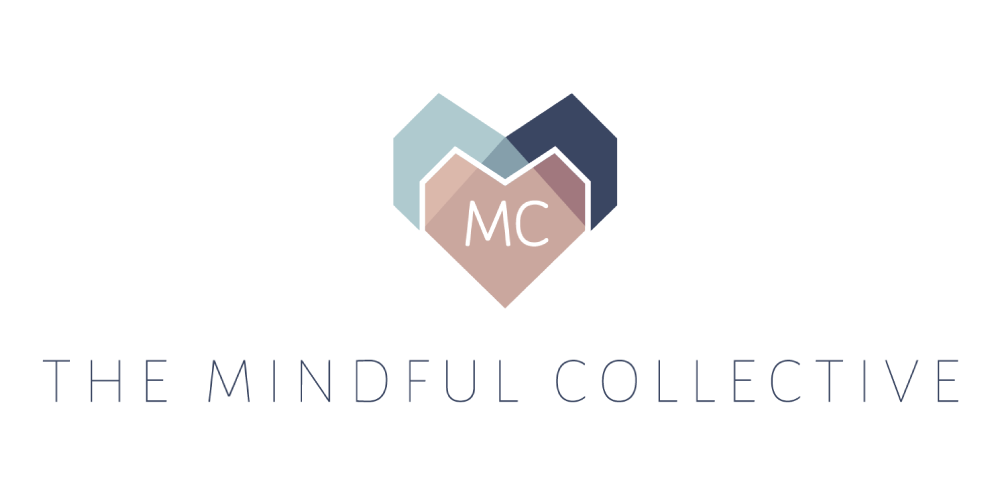A way to connect with your inner world
You may have come across self-reflection promoted as a process we can only engage in when we encounter difficult experiences or experience overwhelming feelings. While that is absolutely a way to use self-reflection, it can also be a way to really connect with your own inner world! Most importantly, it can be for any and all experiences, including the exciting and the mundane. Reflecting on your happiest moments or the most mundane moments of doing laundry is a part of the process too.
Self-reflection can also be a process to help you clarify your values, your thoughts and actions and help you gain perspective and a better understanding of yourself. For example, individual psychological therapy is one of the many places we engage in guided self-reflection with the help from a psychologist! While this is important, we can also do our own self-reflection in our day to day lives with some journaling, talking to friends or even with drawing or playing music. Don’t underestimate the ways we can explore our inner worlds! In this blog post, I will be exploring some ways we can connect with our inner worlds.
Journaling is one such method that has gained quite a bit of popularity with lots of journaling prompts popping up left and right on socials! Journaling can provide us with a safe space to reflect, question, cry, laugh and look back on to remember. It is not only a tool but also a space where we can be unconditionally ourselves and pour out our emotions without judgment! It can be super fun to experiment with different ways of journaling to explore your inner world:
- Reflective journaling: A way to reflect on your experiences and interpreting events to find meaning or value. Often done by writing down experiences or by using journal prompts.
- Gratitude journaling: Writing about experiences for which we are grateful for or a list of things we are grateful for to cultivate appreciative feelings.
- Dream journaling: Writing down your dreams on a regular basis and tracking or noticing specific themes and patterns over time to uncover certain emotions or experiences.
- Stream of consciousness journaling: Writing down whatever comes to your mind, free of judgment and grammatical correctness until you are ready to stop, it can be great for emotional release.
- Visual journaling: Drawing, collaging or any type of visual art form to express your feelings or experiences, you can always turn your words into certain artistic expressions.
It can always be a fun experiment to try them out and see how each method feels for you personally. Not only is journaling a way we can explore our inner worlds and gain a better understanding of ourselves, there are also a wide variety of benefits that we can gain from journaling practices:
- It may improve our mood by creating cognitive space between thoughts and worries after writing them down.
- It can help help visualise the issues at hand and help us prioritise any issues if needed.
- It may improve stress over time as we slowly learn our triggers and how to better recognise them.
- It can reduce unhelpful thoughts by providing a non-judgemental space and a place to practice adaptive self-talk.
However, it is always important to remember that it is an exercise and not meant to be solution, and ultimately what you enjoy and works best for you will benefit you the most!
Did you know that journaling can also act as an emotion regulation technique? Well, research has shown that when we expressively write our feelings and emotions down, it can serve as an emotion regulation technique (Torre and Lieberman, 2018). This is because expressive writing can serve as a mindfulness mechanism. When we put our feelings into words, we have to recognise which feelings we are feeling and where they are coming from. When we engage in that level of observation, it can calm down the mind and regulate our emotions (of course, it is good to keep in mind that this may not work for every emotion!).
Before you dive right in, it can be important to keep these few things in mind:
- Deep breaths and mindfulness! Take it one step at a time and try to be as mindful and as present as you can when journaling.
- Less over-thinking more re-thinking! It is important to make a distinction between over-thinking and re-thinking, research has shown that ruminating can be quite harmful for our mental health. So try engaging in re-thinking as much as possible instead over-thinking. Re-thinking is about bringing in new information and perspectives and eventually coming to a decision, with potentially a goal in mind on how to approach the situation next time.
- For anything and everything! Don’t feel pressured to write perfectly or express yourself perfectly, it can be a space to write whatever comes to mind. Again, it is about connecting with yourself and not always about solving problems or writing about difficult events. It can be about your daily life or your happy moments too!
- It may not always be exciting! While it can be exciting to have empty pages of a journal to fill, it can also be intimidating too – multiple things can be true at once!
Remember what will be most beneficial is listening to yourself and your own needs in the moment! And always reach out for professional help when needed.
Links and resources:
- Rethinking versus Overthinking
- Putting Feelings Into Words: Affect Labeling as Implicit Emotion Regulation – Jared B. Torre, Matthew D. Lieberman, 2018
- Discover 8 Journaling Techniques for Better Mental Health | Psychology Today
- Visual Journaling, Self-Regulation and Stress Reduction | Psychology Today
- How to Start a Journaling Practice | Psychology Today




Leave a Reply
Want to join the discussion?Feel free to contribute!